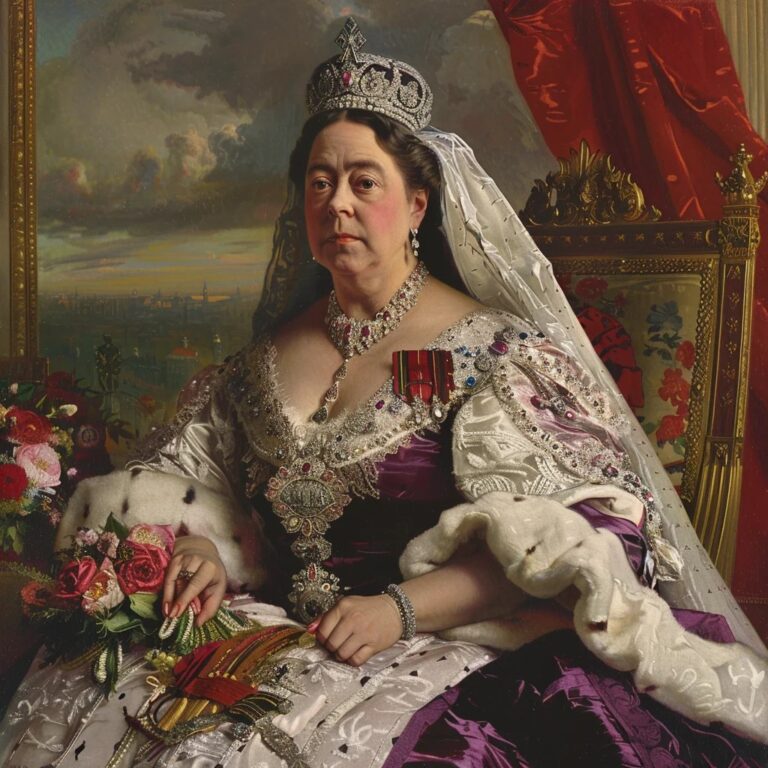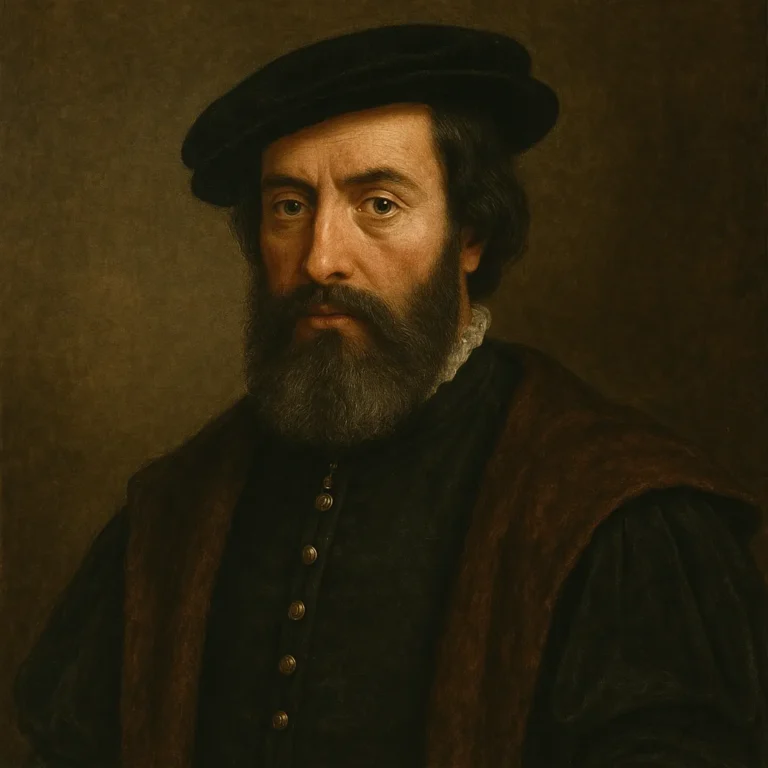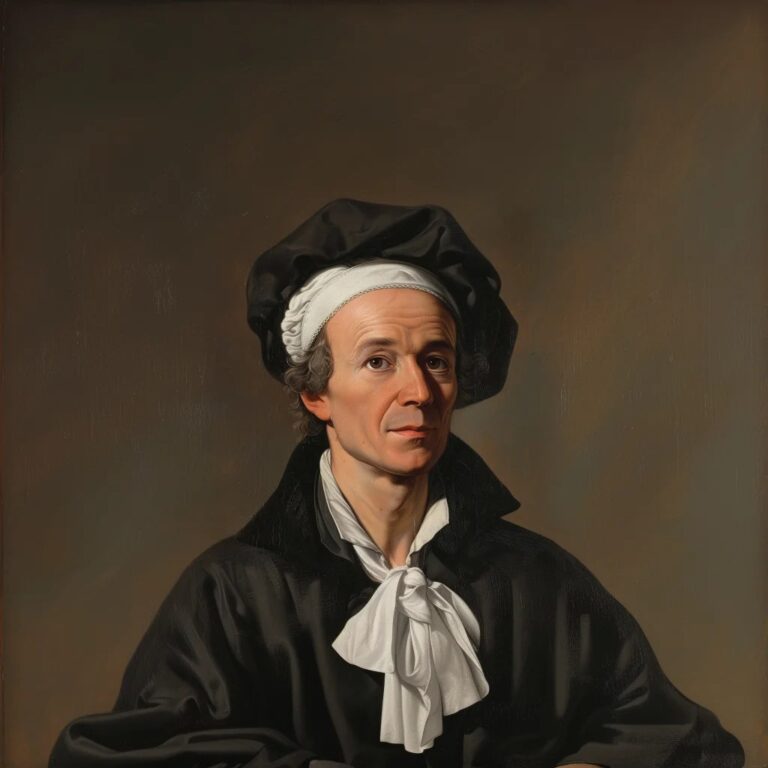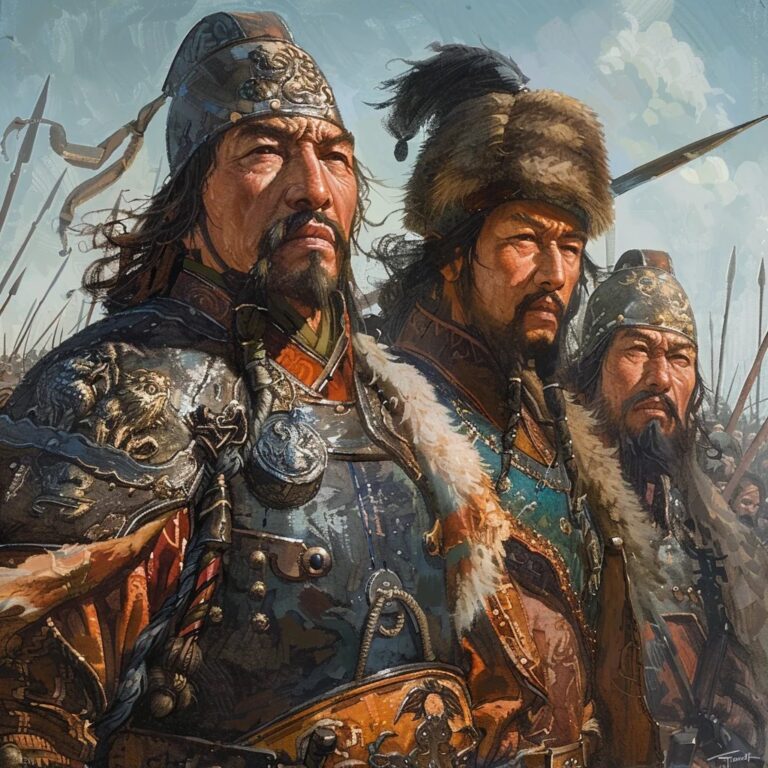Queen Victoria was born on May 24, 1819, at Kensington Palace in London.
She became queen at the age of 18 after the death of her uncle, King William IV.
Victoria married her first cousin, Prince Albert of Saxe-Coburg and Gotha, in 1840.
They had nine children, who married into many European royal families.
Victoria was the first monarch to reside at Buckingham Palace.
Her reign saw the expansion of the British Empire, which became the largest empire in history.
Queen Victoria was known for her strong sense of duty and morality.
She survived several assassination attempts during her reign.
Victoria's reign is associated with a great cultural expansion and the Industrial Revolution.
Queen Victoria was the first British monarch to ride a train.
The Great Exhibition of 1851 was held during her reign to showcase global industrial advancements.
After Albert's death in 1861, Victoria wore black for the rest of her life.
Victoria was known as the 'Grandmother of Europe' due to her descendants' connections to many European royal families.
Her Diamond Jubilee in 1897 marked 60 years on the throne.
Queen Victoria died on January 22, 1901, ending the Victorian era.



